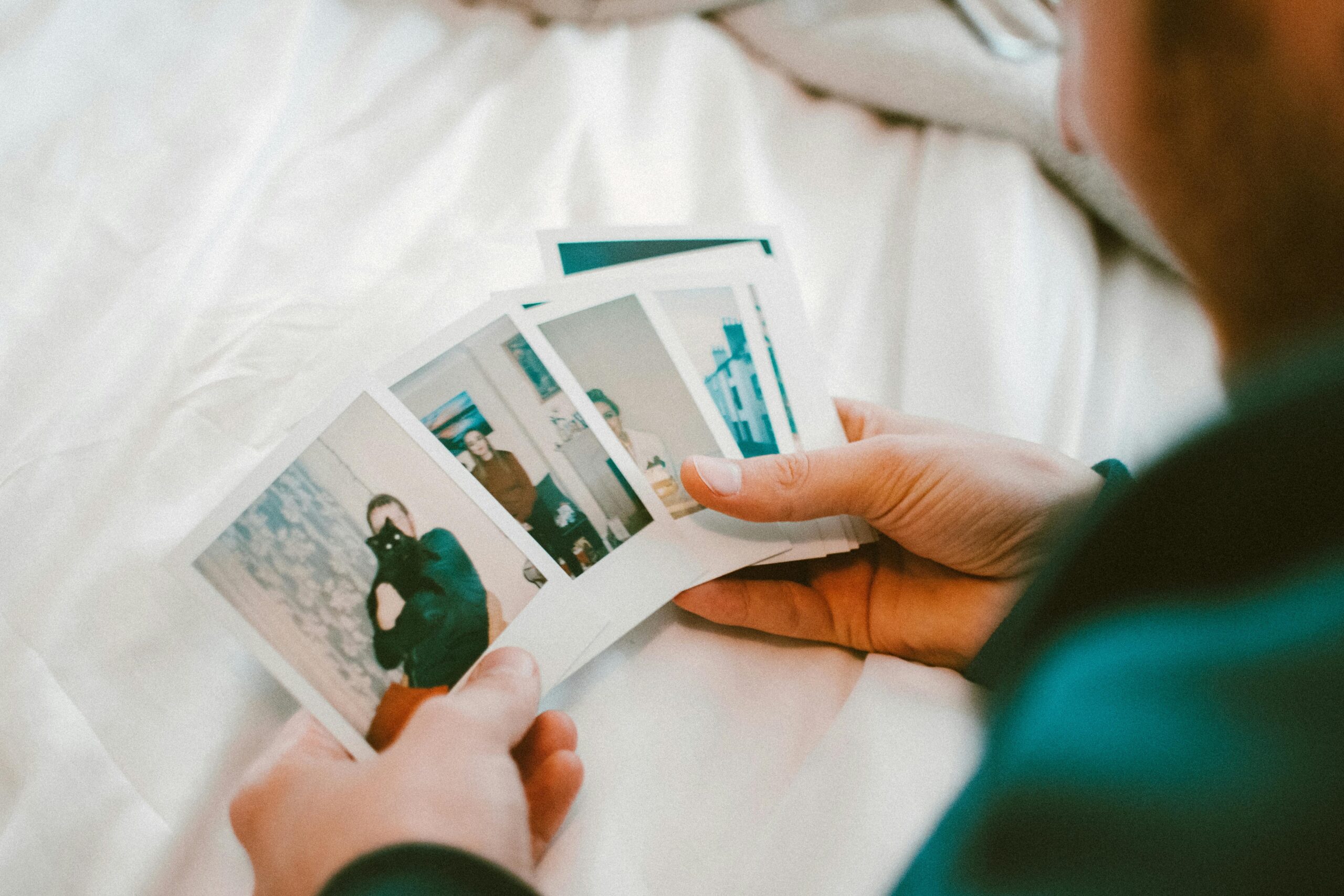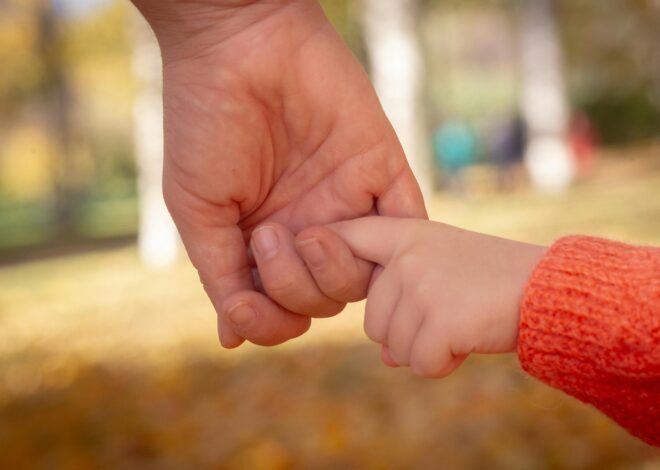
What Your Family Photos Reveal About Your Dynamics
What Your Family Photos Reveal About Your Dynamics
Last week, a mom in my practice pulled out her phone to show me a picture of her family at the beach. “We look so happy here,” she said, smiling. Then she paused. “But if you look closer… my husband and I are on opposite ends. The kids are in the middle, like a buffer.” Her voice dropped. “I didn’t even notice until now.”
That moment gave me chills — because she’s absolutely right. Your family photos aren’t just memories. They’re emotional maps. The way you arrange yourselves, who’s touching whom, who’s smiling (or not), and even who’s taking the picture — all of it whispers truths about your family dynamics that you might not say out loud.
So let’s do something fascinating together: let’s decode what your family photos reveal about your relationships, your roles, and the invisible emotional patterns that shape your home.
Why Family Photos Are More Than Pretty Pictures
Here’s something most people don’t realize: our bodies tell the truth even when our words don’t. Family systems theory — the idea that families operate like interconnected webs — teaches us that proximity, posture, and positioning reflect emotional closeness, power dynamics, and attachment patterns.
Think about it. If you’ve ever scrolled through old photos and thought, “Wow, I was always standing behind everyone,” or “My teenager hasn’t smiled in a family photo in two years,” you’ve already sensed it. These aren’t random moments. They’re visual footnotes of how safe, seen, and connected each person feels.
And you’re not imagining the weight of it. According to research published by the American Psychological Association, visual patterns in family photographs — including physical proximity and facial expressions — correlate with reported relationship satisfaction and attachment security. In other words, the camera really does see what we sometimes miss.
What to Look For in Your Family Photos
Let’s get practical. Grab a few recent family photos — holiday cards, vacation snapshots, birthday pictures — and look for these patterns:
- Physical proximity: Are certain people always close together? Are others consistently on the edges? Closeness often mirrors emotional closeness (though not always — some kids are just wiggly).
- Who’s missing: Is someone always behind the camera? That person may be the family caretaker, the one who organizes connection but sometimes feels invisible in it.
- Body language: Are arms around each other, or are they stiff and separate? Touch signals comfort and safety.
- Facial expressions: Genuine smiles (the kind that crinkle your eyes) versus polite smiles tell very different stories.
- Eye contact: Who’s looking at the camera versus looking away or down? It can reveal confidence, connection, or discomfort.
None of these observations mean your family is “broken” if you notice distance or tension. They’re simply clues — invitations to ask, “What might this be telling me? And what small shift could help?”
How to Use These Insights to Strengthen Connection
Now for the good stuff. Once you’ve noticed a pattern, you can gently shift it. Not by forcing everyone into a perfect pose, but by using what you see as a compass for deeper connection. Here are some emotionally intelligent tools you can try right away.
Tool #1: The Proximity Experiment
If you notice one family member is often on the edge of photos (physically or emotionally), try this: during your next photo, gently invite them into the center. Say something warm like, “Hey, come squeeze in here by me — I want you close.” It sounds small, but it sends a powerful message: You belong here. You matter.
Tool #2: Rotate the Photographer
If the same person is always taking the picture (usually Mom, let’s be honest), make it a family rule that everyone gets to be in the photo. Use a timer, a selfie stick, or ask a kind stranger. Why? Because the person behind the camera often feels like the director of everyone else’s happiness — but not a full participant in it. Let them be seen, too.
Tool #3: The “One Real Moment” Photo
Staged smiles are fine, but try capturing one candid moment per gathering — a laugh, a hug, a silly face. These unscripted images often reveal the warmth and playfulness that posed photos miss. They’re also the ones your kids will treasure later, because they feel true.
Tool #4: The Photo Review Ritual
Once a season, sit down as a family and look through recent photos together. Ask lighthearted, curious questions: “What do you notice? What was your favorite moment? Who wants to be in more pictures?” It’s a low-pressure way to open up conversations about belonging and visibility.
Tool #5: Notice the Smiles (and the Missing Ones)
If someone’s smile has faded over time, don’t panic — but do pay attention. Gently check in: “I noticed you seem a little distant lately. Want to talk about it?” Sometimes a missing smile in a photo is the first sign a family member needs more support, connection, or space to be heard.
| Tool | What It Does | How to Try It |
|---|---|---|
| The Proximity Experiment | Builds a sense of belonging and visibility | Invite the “edge” family member into the center of the next photo with warmth |
| Rotate the Photographer | Ensures everyone feels like a full participant | Use a timer or ask someone else so the usual photographer gets to be seen |
| The “One Real Moment” Photo | Captures authentic connection and joy | Take one candid shot per event — a laugh, hug, or goofy moment |
| The Photo Review Ritual | Opens gentle conversations about belonging | Look through photos together once a season and ask curious, open questions |
| Notice the Smiles | Helps you tune in to emotional shifts | If someone’s smile fades over time, check in with kindness and curiosity |
Your Photos Are Love Notes to the Future
Here’s the truth: your family photos aren’t just about looking happy. They’re about feeling seen. And when you start paying attention to what your family photos reveal about your dynamics, you’re not being critical — you’re being curious. You’re saying, “I want us all to feel like we truly belong here.”
So this week, pick just one small thing. Look through a few photos. Notice the patterns. Maybe move a little closer to someone who’s been on the edge. Maybe hand the camera to someone else. These tiny shifts create ripples — and those ripples become waves of connection your family will feel for years to come. You’ve got this.



